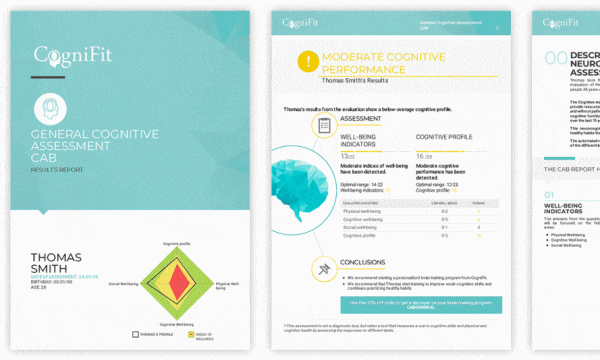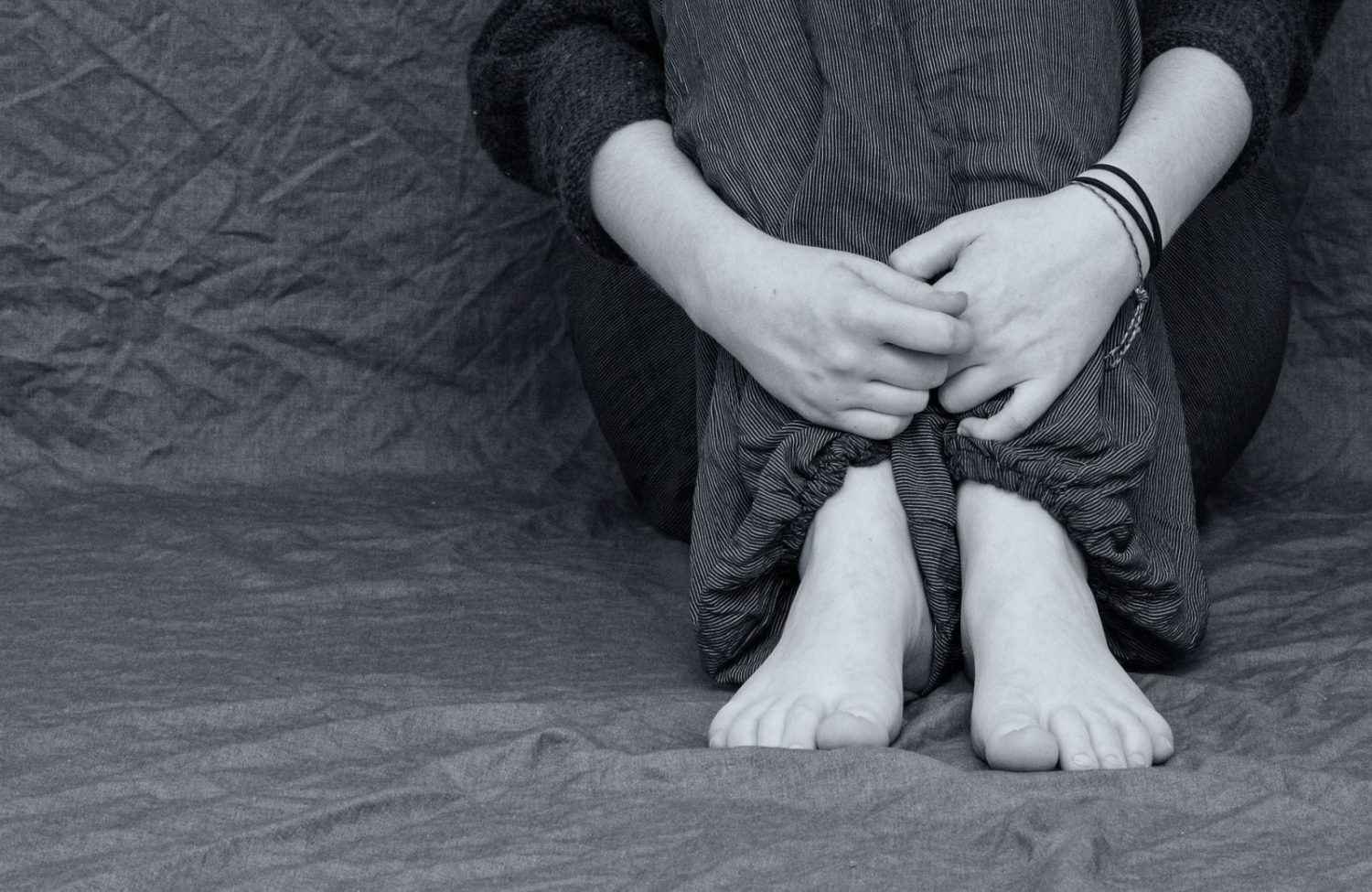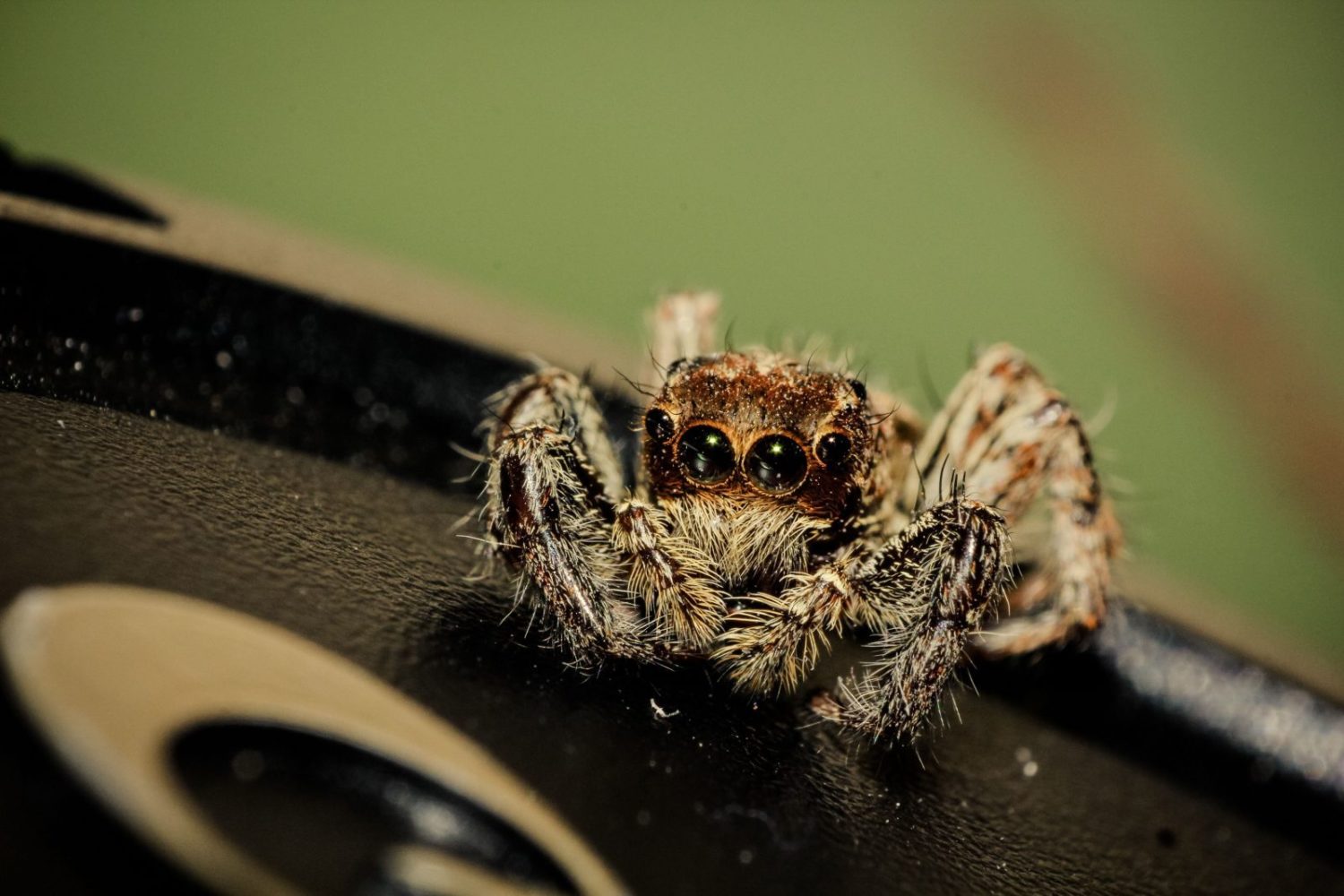
Fear: Everything you need to know about being scared
In the famous words of Franklin Roosevelt, “The only thing we have to fear is fear itself!”, but what exactly is fear, what does it look like, and how does it work? What are the different kinds? Can you actually be scared to death? What happens to our bodies and brains when we feel scared and how can it be managed? What are some tips to deal with being scared?

What is fear?
Fear is the response to something dangerous- whether emotionally or physically. Defined by the Cambridge dictionary as:
“an unpleasant emotion or thought that you have when you are frightened or worried by something dangerous, painful, or bad that is happening or might happen.”
It’s essential for us to feel it because if we didn’t have it, we wouldn’t be protected against potential threats. It is adaptative. Fear stems from our fight-or-flight mode which comes from our sympathetic nervous system. Fear should be distinguished from anxiety– the response that occurs when a threat seems unavoidable or uncontrollable.

What does fear mean?
Traits and behaviors of fear
Fear can make us do just about anything… buy that hotel room online because “6 other people are looking at this room right now”, buy that home security system that has everything included, or inspecting a dark attic while holding a baseball bat because your wife heard a noise. Humans are wired to feel fear and behave accordingly.
The tell-tale signs of fear are what put our body into its flight-or-flight mode. The signs include hyperventilation (a higher heart rate), the constriction of peripheral blood vessels, dilation of the central blood vessels (this causes blushing), piloerection (making a cold person warmer, making a scared animal look more impressive), muscle tension increases (this causes goosebumps), sweating, hyperglycemia (increased blood sugar levels), dyspepsia (the feeling of butterflies in the stomach), and increased serum calcium. When all of these functions happen, our brain realizes that there is danger, and the result is fear.
Can you die from fear?
Yep, it’s possible to be scared to death! When people feel quite scared, their fight-or-flight mode turns on giving them a large rush of adrenaline. This increased level of adrenaline can be damaging to the heart and triggers calcium channels in the heart to open up. When calcium goes into the heart cells, the heart muscles contract forcefully.
Essentially, the calcium doesn’t stop because the adrenaline doesn’t stop, and the heart muscles can’t relax. This can lead to the development of a heart arrhythmia known as ventricular fibrillation– when the heartbeat isn’t regular. This arrhythmia leads to a drop in blood pressure which, if strong enough, cause the brain to cease blood flow and consciousness is lost.
Causes of fear
Fear can be learned, cultural, natural, and evolutionary. If a kid has a bad experience with clowns, he might have a phobia of them later on in life. Culturally, different cultures it different phenomena. Fear is embedded into our nature- we can’t survive without it. Scientists believe that the phobia of heights is something embedded in us and that came out during the Mesozoic period of time. Since then, most of us evolved to have a slight phobia of tall heights.
Fear is characterized by rational or appropriate and inappropriate or irrational. An irrational fear is also called a phobia. It’s a twist of the normal response to fear. “Phobia” is the Greek stem for “fear of”. Some of the most common phobias are public speaking, heights, needles, spiders, snakes, ghosts, tight/enclosed spaces, and rejection.
People who suffer from a fear of fear, also known as anxiety sensitivity, are likely to have a personality or identity issue to begin with which is what helps the fear phobia develop. Many people also develop an affect phobia– a phobia of negative feelings. It’s not uncommon for those with anxiety disorders to develop a fear of phobia. This is because they perceive a fear response as negative and will do everything in their power to avoid that response. Phonophobia is the technical term for the fear of phobias.

Psychological theories of fear
Some psychologists have suggested that there are only a small set of innate and basic emotions that the rest of our emotions stem from. Of those include anger, angst, acute stress reaction, anxiety, horror, fright, panic, happiness, sadness, and fear. They believe that fear comes from a behavioral response and has been preserved through evolution.
Others suggest that the feeling of being scared isn’t only dependent on the nature of a person, but by their social and cultural interactions which help guide them to know what is scary. For example, being scared of the monster under the bed or having a parent look in the closet for the Boogeyman.
The psychoanalytic theory of fear comes from Sigmund Freud. He believes that the scary object/idea is not the original subject of fear. For instance, while I may be scared of clowns, it’s because when I was smaller, I was bitten by a dog while watching a clown.
The learning theory combines cognitive theory and behaviorism. This theory means that a phobia develops when the fear response is punished or reinforced- in either a positive or negative way.
There is also the option of a biological basis with the focus mainly on neuropsychology- mental disorders are caused by physiological factors. Neuropsychologists have found that there are some genetic factors that could play a role in phobia development. They’ve also found that certain medications that affect brain chemistry are useful in helping to treat phobias- mainly medication that raises serotonin
How does fear affect the brain?
Fear neurocircuits in mammals
When fright is felt (via any of the five the senses), three main areas of the brain are affected. First, the thalamus collects the data from the senses. Second, the sensory cortex takes the data from the thalamus and begins to process and interpret it. After, the sensory cortex takes the processed information and spreads it throughout the two amygdalae (fear), hypothalamus (fight-or-flight), and the hippocampus (memory). However, it has also been found that when people are presented with a scary face, the occipital cerebellar regions of the brain are activated. Those include the fusiform gyrus, inferior parietal, and the superior temporal gyri. People who have damage to their amygdala might be unable to experience feeling scared.
The response to fear is automatic and we won’t know it’s going on until it’s over and has run its course. The main part of the brain where the feeling of scared is really felt is in the amygdala. It’s essential for our adaptation to emotional learning memory and stress. Our brain has two amygdalae and each one forms a part of our circuitry of fear learning. When we feel a threat, our fight-or-flight response begins. Essentially, this means that the amygdalae produce a secretion of hormones that influence both feeling scared and aggression.
Once the feeling of fear or aggression has started, the amygdala release hormones into the body in order to keep the human alert so they may be ready to run, fight, and move at any moment. Some of these hormones include norepinephrine (increases heart rate, blood flow, and glucose release for energy), epinephrine (regulates heart rate and metabolism, dilates air passages and blood vessels), and cortisol (increases blood sugar and the feeling of stress). Once the threat and reason for terror has subsided, the amygdala sends this information to the medial prefrontal cortex (mPFC) in order to have it stored for the future. This is known as memory consolidation and happens through a process known as synaptic plasticity.
This synaptic plasticity occurs because the amygdalae and the hippocampus work together to create memories surrounding the situation. Stimulation of the hippocampus causes the person to remember specific details about the scary situation. Neuron stimulation in the amygdalae generates memory formation and plasticity. When this process occurs frequently, known as fear conditioning, it can lead to having a phobia or post-traumatic stress disorder (PTSD).
Some MRI scans have shown that the amygdalae in people who have been diagnosed with panic disorders or bipolar disorder are larger overall and more wired to have a higher level of fright.
Fear pheromones
As mammals, like other birds, reptiles, insects, and aquatic organisms, we release an odor called pheromones. Also known as alarm substances, fear pheromones are signals that are chemical and meant to defend oneself from danger. For example, think of a skunk or a stink bug. When they feel scared, they release an odor- their pheromone- to try and make the danger go away via the foul smell. In many animals, the release of the pheromones is meant to let other members of the species around them know that there is danger. This pheromone-alarm can lead to a change such as defensive behavior, dispersion, or freezing depending on the species and situation. For example, it’s been found that rats can release pheromones that cause the rats around them to move away from the rat releasing pheromones.
Humans work slightly differently than animals in that respect. When we feel scared, other humans naturally react differently than how the rats acted in the scenario above. Unlike in animals, humans’ alarm-pheromones haven’t been chemically isolated yet- but we know they exist. Androstadienone is a steroid in the form of an odor that comes from deep within the human body and is found in human sweat, hair, and plasma. Androstenone is another related steroid that is used to communicate dominance, competition, or aggression. One study found that terror responses may be gender specific.

Is fear contagious?
Can it be contagious, though? An interesting study found that it’s possible to smell the difference between human exercise-induced sweat and human feeling scared/nervous/anxiety-induced sweat. This means that we can literally smell terror and that, yes, it can be contagious. When someone is scared, the other people around them can feel it. If those other people are sensitive enough, they might begin to feel it as well. This is a simple survival instinct. When one member of the gazelle herd feels scared because of a lion running towards them, the other members should, too. Unlike animals who use smell to communicate, humans usually communicate by language, both verbal and body. However, humans are able to communicate some emotions via smell and fear is one of them.
Fear isn’t just contagious via smell, but also via genetics. One study showed that a generation of lab rats who were trained to associate cherry blossoms with electric shock had children and grandchildren who were all nervous about the cherry blossom even though the younger generations had never experienced any shock association with cherry blossoms. In their brains, the areas known for smell were bigger- likely to be able to smell the cherry blossom and avoid what their ancestors were wary of. Known as epigenetics, the genetic code gets modified and turns off/activates certain genes.
Fear within society
According to a Gallup Poll done in 2015, within the U.S., the top 10 fears people have (not in any order) are:
- Terrorist attacks
- War
- Gang violence
- Criminal violence
- Failure
- Death
- Spiders
- Being alone
- Nuclear war
- The future
In 2008, one author analyzed the top words on the internet that followed the phrase “fear of…” and found that the top ten were:
- Snakes
- Failure
- Clowns
- Flying
- Death
- Heights
- Intimacy
- Driving
- People
- Rejection
Management and treatment
Pharmaceutically, fear conditioning (PTSD, phobias) has been proven to be manageable using glucocorticoids. This is because the glucocorticoids prevent the fear-conditioned behavior. Psychologically, cognitive behavior therapy (CBT) is successful to help people overcome what they’re scared of.
CBT is useful through exposure therapy because people are able to confront what they are scared of in a safe way that helps them learn how to suppress the fear-triggering stimulus or memory. One study has shown that up to 90% of people who try exposure therapy for phobias are able to decrease the phobias overtime. Another study showed that our brains can overwrite bad, scary memories with stimulation of the amygdala.
True facts about fear
- Fear is contagious and we can smell it! A group of women who smelled the shirts of men- half with anxiety induced sweat and half with exercise-induced sweat- could smell the difference between the two types of sweat.
- We remember being scared. When we are scared, our brains save the situation in our memory so we can remember not to repeat the situation.
- Our brains can overwrite fear!
- It’s possible to be scared to death. When our bodies produce to much adrenaline, our hearts become overworked and we can collapse unconscious.
- Fear is genetic! Epigenetics is real and our genetic makeup can warn us to be scared and wary of something.
- The fear gene, known as stathmin, is stored in the amygdala and is what groups us into people who can jump off cliffs and those who can’t get near one.

Tips to overcome fear
- Be aware that you’re feeling scared. You can’t fix what you don’t know. You aren’t what you’re scared of- you’re the awareness that is experiencing it.
- Identify what’s making you scared.
- Find the root of it.
- Therapy. Cognitive Behavior Therapy and exposure therapy are both forms of therapy that are helpful in overcoming phobias.
- Hypnosis is a common method to help people overcome some phobias.
- Yoga can help release any bad energy and anxiety in the body. By releasing some negative energy, the scared feelings can become less powerful.
- Read books or watch movies on your phobia. Sometimes you’ll find helpful hints or interesting facts about your phobia that will help alleviate it.
- Be grateful. Rather than being scared about having to speak publicly, think about what a great opportunity it is to be able to share what you’re going to say. Switch the situation around.
Let us know what you think in the comments below!












